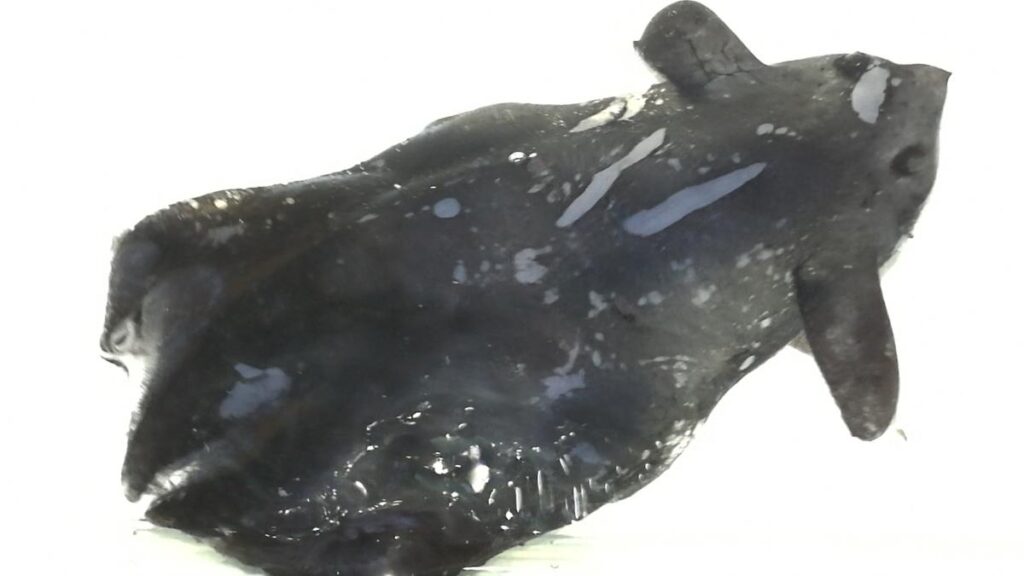Scientists in China may have identified a new species of vampire squid, only the second known in the world.
Vampire squid (Vampyroteuthis infernalis) reach a length of about 1 foot (0.3 meters). Despite their menacing appearance and name, they are deep-sea scavengers and are unlikely to harm anything other than small invertebrates. In fact, they tend to feed on feces and dead animals.
The species has been found in temperate and tropical oceans in many parts of the world.
The only officially recognized species was described in 1903 after a deep-sea expedition led by German marine biologist Carl Chun. Several other species were described later, but they were ultimately determined to be members of the same species.
These supposed newly discovered species were youthful forms by V. infernaliswhich had very different physical characteristics: the squid grows a second pair of fins closer to its head as it ages and its original fins disappear.
Related: Rare video shows elusive deep-sea squid nurturing its giant, translucent eggs
“Ten synonymous species previously described showed some morphological differences in their different life stages,” said the study’s lead author Dajun Qiua marine biologist at the South China Sea Institute of Oceanology, told Live Science.
Now, in a new study published May 2 in the preprint journal BioRxiv, Researchers have described a second species of vampire squid found in 2016 in the South China Sea near China’s Hainan Island, which they named V. pseudo-infernalisIt was found at a depth of about 800 to 1,000 meters below the sea surface, in the so-called twilight zone, where little light penetrates from the surface.
This newly identified species exhibits a number of unique features that distinguish it from V. infernalisFor example, the positions of two photophores — light-producing organs — located between the fins and the tail are different. In V. infernalisthey are located one third of the distance between the fins and the tip of the body, while in V. pseudo-infernalis They are located about halfway between these points. V. pseudo-infernalis also has a pointed tail while V. infernalis has none at all. The newly discovered species also has a beak with a longer wing on the lower jaw.
RELATED STORIES
—Elusive ‘octopus squid’ with world’s largest biological lights attacks camera in striking new video
—Black-eyed squid drags thousands of eggs like a cape, captured on video off the coast of Costa Rica
—Cute, newly discovered dwarf squid species named after Japanese forest fairies
In photographs of the preserved specimen it appears as a black, gelatinous blob, but in the deep-sea environment it likely has the same wavy, mantle-like shape as its cousin.
Genetic analysis further suggests that V. pseudo-infernalis is a separate species, Qiu noted.
“We will analyze more specimens to ensure that the observed morphological differences are consistent in the future,” Qiu said. It seems likely that its diet is similar to that of its better-known relative, but research is still ongoing, he said.
While the order Vampyromorphida only V. infernalis and the proposed V. pseudo-infernalisNumerous extinct relatives exist in the fossil record. A newly discovered species, unearthed in Luxembourg in 2022, was preserved with fish in its tentacles, according to a 2024 paper.







